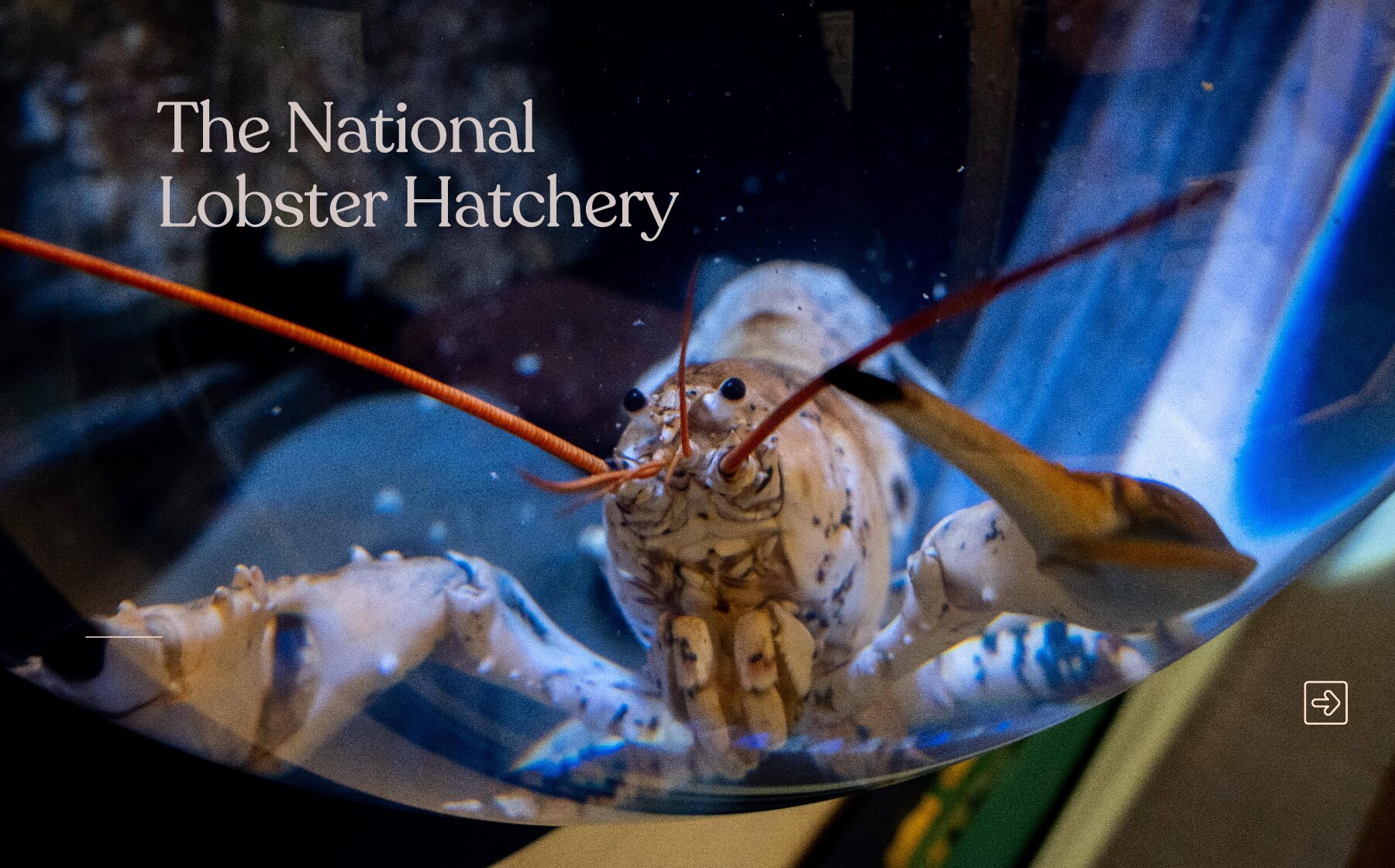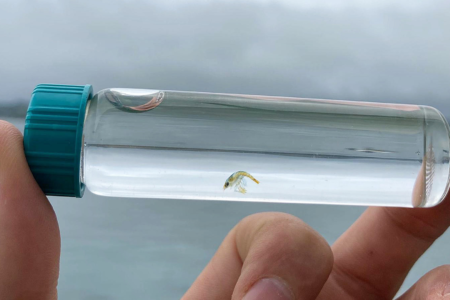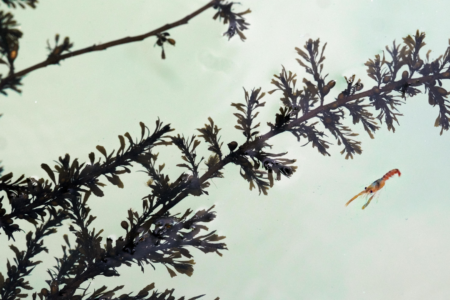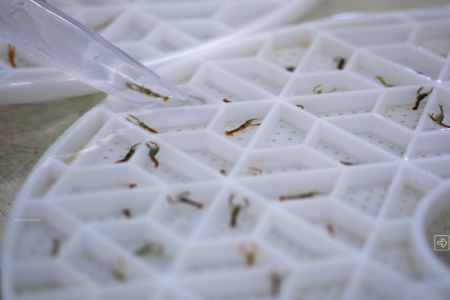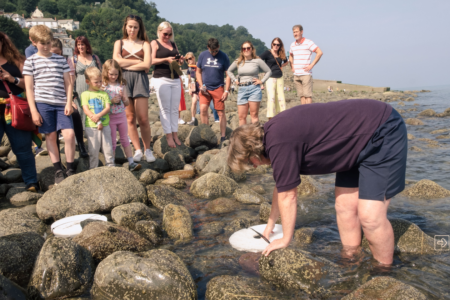Thank you to Ellie Smart who has been talking to us about The National Lobster Hatchery in Padstow.
The National Lobster Hatchery opened at Padstow Quay in 2000 with the aim of reversing a decline in stocks. It’s been incredibly successful and, through the work of its visitor centre, has educated many thousands of people on issues such as sustainability. Ellie Smart has been with the Hatchery since 2018, working at the visitor centre, helping the research team and now as business development coordinator.
What is the National Lobster Hatchery?
We’re a marine conservation centre and our aim is to raise baby lobsters to a size where they can be safely released. When lobsters are born in the wild, they’re a couple of millimetres in size and they get eaten up very quickly. I think roughly only one in 20,000 survive.
Local fishermen bring us the mothers and we look after their babies until they’re two or three months old, at which point they’re a couple of centimetres in size. At that point they’re pretty safe from predators. Lobsters are bottom dwelling sea creatures, which means they can hide underneath rocks and things.
Are lobsters under threat?
They’re not critically endangered but overfishing is a big issue – people are taking them out of the sea faster than they can breed. And, unfortunately, lobsters are very fussy breeders. They can take up to two years to get pregnant and give birth. When the Hatchery opened in 2000, our stocks were going downhill, so it was introduced to stop that. And, luckily, it seems to have made quite an impact. Lobster numbers have become very stable again. Now, it’s about making sure we don’t over-fish what we’re putting back.
Why is Padstow the perfect location for the Hatchery?
We’ve got the estuary right next to us, which means, when the tide comes in, we can fill up all our tanks to keep the water flowing and rotating, which is really useful. Padstow is still a fishing port, so a lot of all our female lobsters come from local fishermen. We work with about 20 who have licences to bring them to us. We’re extremely lucky with our location – it was one of the old fish market buildings and it’s an amazing place for getting visitors in to see what we’re doing.
What’s the best thing about working at the Hatchery?
I think working alongside fishermen. When you look at marine conservation, you often think of it as fishermen against conservation. But when you talk to fishermen, a lot of the time they want to help save the seas as well as their livelihoods. They’re as much on board with it as anyone. I think it helps to have a different outlook and to help people understand that it’s OK to eat fish and lobster, as long as it’s been sustainably caught
Tell us about some of the things you’re doing to raise awareness.
We’ve got a Buy One, Set One Free campaign, where we work with chefs and restaurants all over the country. When you buy a fish or lobster from that restaurant, they donate money back to us to release a baby lobster. We’ve got chefs like Nathan Outlaw on board, and restaurants like the Pig at Harlyn, places like that.
Then there’s the Adopt a Lobster scheme. You get to name a lobster and receive a certificate and an information fact sheet. We’ll raise it for you until it’s two or three months old, and then release it back into the sea. You can type your name into the website and see where your little lobster has been released and who it was released by. It’s really cute!
What’s the latest news from the Hatchery?
The Visitor Centre is the main way of getting people in and helping to support our work. We’ve expanded over lockdown and gone upstairs. We’ve had two local artists come in and make it over, and it’s so beautifully done. It’s more about marine conservation in general up there, so it’s not specifically focused on lobsters. It’s a bit of a mixture of everything. We’ve got some fossils on loan from Manchester Museum at the moment, so we’ve got the history of crustaceans upstairs, which is really fascinating.
